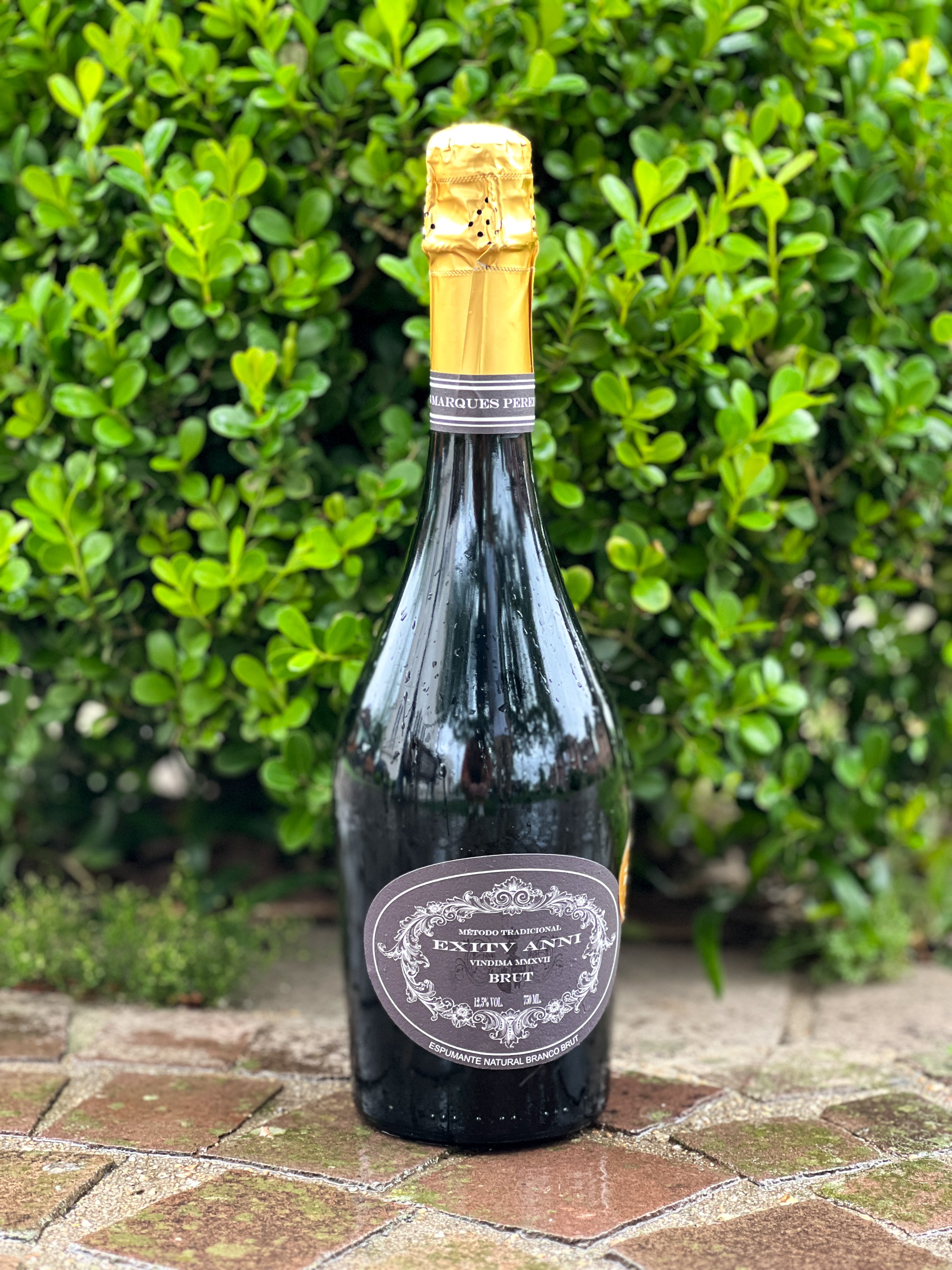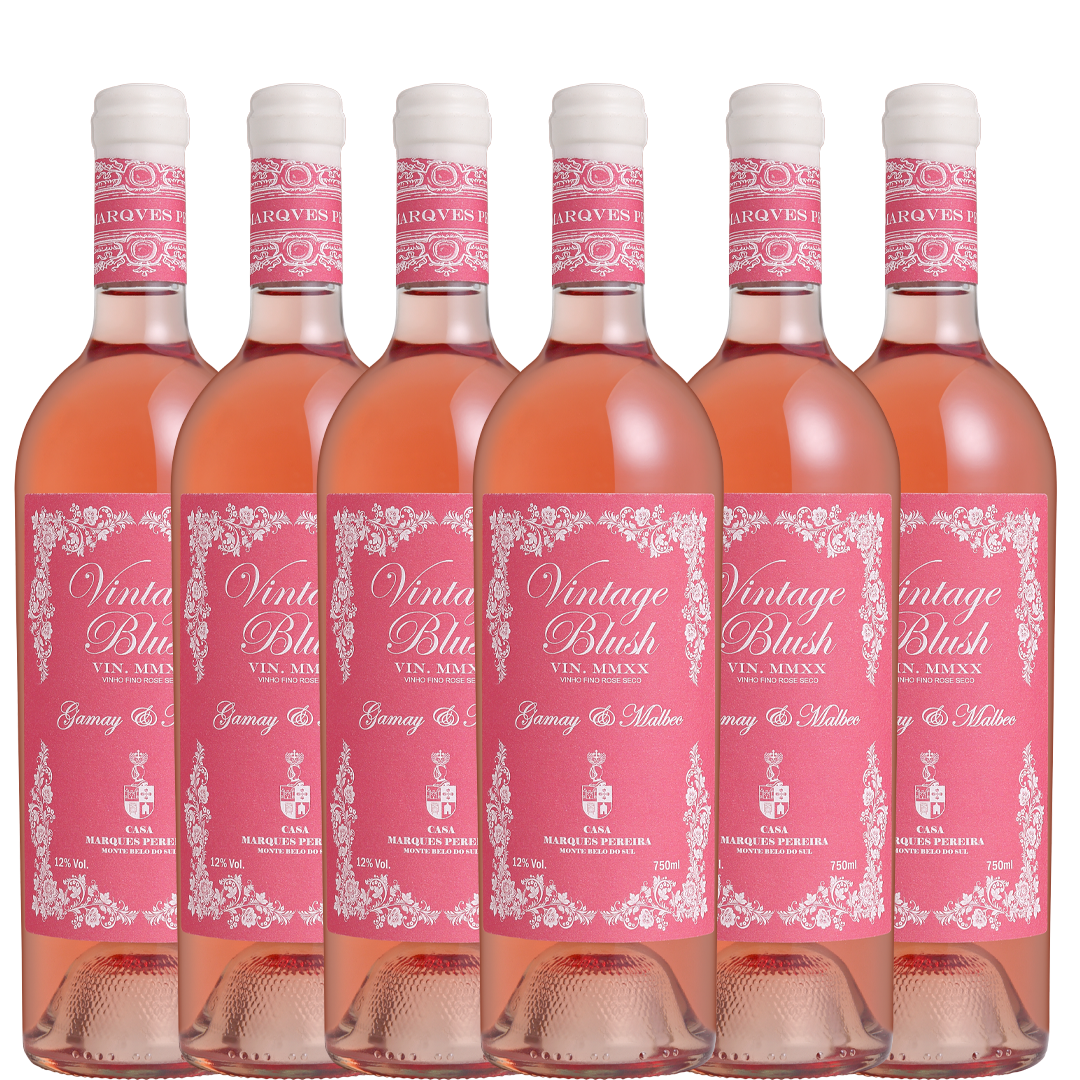Champagne or Sparkling Wine?
With summer in full swing, we tend to consume more refreshing drinks, including sparkling wines and champagnes. But are they the same thing?
This question is always present in the daily lives of many Brazilians, and to better understand it, let's explain the production methods of these drinks and discover the difference between sparkling wine and champagne.
There are three methods for making sparkling wines: Asti, Charmat, and Champenoise.
Asti
The Asti method is used to produce Moscato sparkling wine. In the Asti method, the grape must is first placed in vats along with the yeasts responsible for the fermentation process, and then transferred to autoclaves, which are specific tanks for the fermentation of sparkling wines, as they will withstand all the pressure that will form. When the beverage reaches an alcohol content between 6 and 10% (the percentage depends on the choice of the winery and the winemaker), the fermentation is then stopped, the beverage is filtered and bottled, ready to be marketed and consumed.
Since the fermentation process transforms the sugar contained in the must into alcohol through the action of yeasts, this makes Moscato sparkling wines sweeter and less alcoholic than those produced by other methods, which involve double fermentation.
Charmat:
The Charmat method, on the other hand, is made through two fermentations. The first fermentation takes place in stainless steel tanks, where it produces a base wine. Subsequently, sugars and yeasts are added to this base wine, and it is then transferred to autoclaves for a second fermentation. This method produces lighter, floral, and citrusy sparkling wines.
Champenoise or traditional:
The Champenoise method is the most well-known, as it is how the famous Champagnes are produced. This method also consists of two fermentations; the first takes place in stainless steel tanks to produce the base wine. Subsequently, sugars and yeasts are added to this base wine, which is then bottled, sealed, and stored.
The yeast that dies during fermentation accumulates at the bottom of the bottle, forming lees. Slowly, these lees develop the flavors and aromas of the sparkling wine. This stage is very important and is called autolysis. It can take months or even years.
Now that the methods have been clarified, let's look at the differences:
Champagne is produced in the Champagne region of northeastern France using the traditional method (méthode champenoise) and exclusively from Chardonnay, Pinot Noir, and Pinot Meunier grapes.
Other products made using different methods, or even the traditional method (champenoise) outside of France, are classified as sparkling wine .
Our sparkling wines are all made using the traditional method (champenoise), but since they are produced in Brazil, they are classified as sparkling wines.















